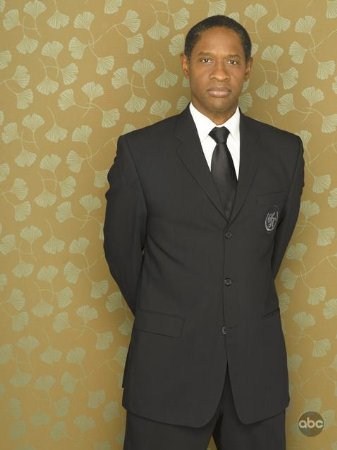

Occultations happen several times a year with different asteroids, but the path could be anywhere in the world. During the Patroclus occultation, the asteroid’s path created a shadow on Earth as it crossed in front of a star. Yes, it was, and I had never done that before. Is this what you used to help track asteroid 617 Patroclus for Lucy, the NASA mission that just launched for the Trojan asteroids that orbit near Jupiter? Given how easily the images come in, I think it will be an introduction to astronomy for a lot of people. It’s got an eyepiece built-in and the images it takes go to my cell phone. Right behind that is an 8" Schmidt-Cassegrain.

I have a 10-inch Dobsonian that I like for dark skies. So, the evolution of my hobby has had to do with the telescopes I’ve purchased over the years and their sizes. I could see a lot of the sky but not a great deal of detail. When I first started, I used a very low-powered, wide-field telescope. How have your observing habits changed over the years? You’ve obviously been observing for some time.

I just woke up one day and thought, “I’m going to go do this.” I didn’t have a mentor or anyone who inspired me – I didn’t have any of that at all. So, most of this came after I started my career. The only time I was really exposed to it was either via a documentary here or there, or in school. My parents were not necessarily into science. Once I moved to Los Angeles in my mid-to-late twenties, I started to think about getting hands-on into the hobby.ĭid your upbringing influence your interest in astronomy at all? But I’ve always been interested in space science, all the way through college and post-college. It came out of the blue as far as my actual participating in it. What inspired your interest in astronomy? I recently had the pleasure of speaking with Tim about his astronomical experiences. An actor and director by day, by night he is an amateur astronomer who has been watching the sky for decades. However, his affinity for space goes far beyond science fiction. (Shutterstock.Tim Russ is perhaps best known for his role as Lieutenant Commander Tuvok on Star Trek: Voyager. For more on Russ' extensive work in astronomy, you can go to USA Today. The actor initially had a bit role in 1994's Star Trek: Generations before taking the role of Tuvok for all seven seasons of the UPN series. Russ' collaboration with NASA was a mere coincidence given his fascination with astronomy as a hobby for 35-years. Then it'll layer the images for that object so the object becomes much bigger in size." The actor further explained the layering the images will also show much more detail than the naked eye could ever see with the use of a telescope. "After you punch that in, it will move to that object on its own and it'll hold it and track it. You just punch in the object you want to go see," he said. "It will simply find a starfield on its own and it will figure out where it is. Russ helped detect Patroclus using a Unistellar eVscope and eQuinox telescope, a computerized telescope with a built-in GPS that connects to any cellphone. …These primitive bodies hold vital clues to deciphering the history of the solar system, and perhaps even the origins of organic material on Earth." Tim Russ arrives at Unbelievable movie, 50 Anniversary Startrek party & red carpet at TLC Chinese Theater, Hollywood CA. The NASA report said the Trojan asteroids are "stabilized by the Sun and its largest planet in a gravitational balancing act. "These Trojan asteroids were captured in Jupiter's orbit, probably from farther out in the solar system, so they're more rare and more pristine in terms of what information they might have in their chemical makeup," the Voyager star said.


 0 kommentar(er)
0 kommentar(er)
